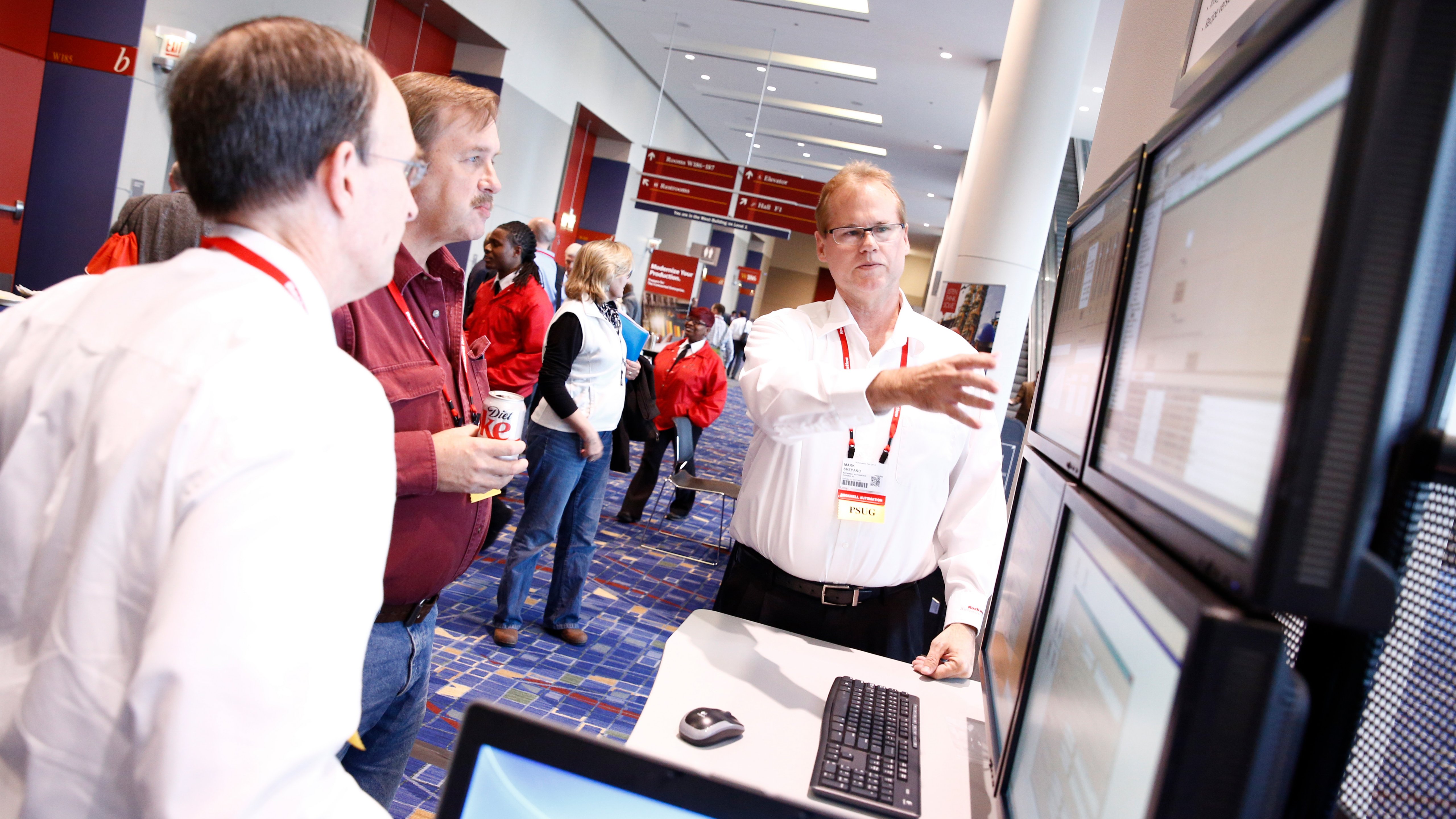Recommended For You
New events often call to mind past ones as we try to put them into context and understand them better.
So when Brad Neuroth, principal automation engineer at Bausch + Lomb, showed at ARC Industry Forum 2016 how its aseptic lens-care solutions facility in Greenville, S.C., recently adopted the PlantPAx distributed control system (DCS) from Rockwell Automation, it reminded me of many similar innovations presented last fall at Automation Fair.
Neuroth reported that Bausch + Lomb worked with Malisko Engineering Inc., a CSIA-certified system integrator in St. Louis, Mo., and they developed a master plan in 2012 to replace the plant's increasingly obsolete distributed control system (DCS), which included two Fisher Porter control systems with six DCS for mixing and utilities.
This would mitigate risk to the facility's process controls, plant and process utilities and bulk manufacturing, which had been handling volume increases of about 9.5% per year.
Built in the early 1980s, its applications perform pharmacy, compounding, mixing, filling, packaging and palletizing operations, and produce BioTrue, Renu, PeroxiClear and Sensitive Eyes products in eight package sizes and 25 package formats.
"The main goal … was to provide functionality similar to the existing DCS," Neuroth reported at the event in February. "However, because the original designs and documents of the control system installed in the 1980s were not available, we worked with Malisko on a base design for the new system by reverse engineering the existing control system, interviewing operators and engineers, downloading old code, and building a new architecture for maintaining validation and regulatory compliance.
To further prevent production downtime, Bausch + Lomb and Malisko engineers planned to install and cut over to the new controls on a system-by-system, tank-by-tank basis.
The new DCS would also have an interface for a future, plant-level MES for production scheduling and electronic batch records. No longer an invisible island of automation requiring all reports and historian data to be printed, the new PCS would also show continuous process and batch data outside the process network.
Bausch + Lomb's new system architecture at its Greenville plant includes three physical HP servers with eight virtualized images, including FactoryTalk View servers and seven View SE thin clients, FactoryTalk Batch servers, Factory Talk Historian, Microsoft SQL server, and ACP Thin Manager remote desktop services (RDS) servers.
The architecture also includes two engineering workstations; Cisco Stackwise switches between the data center and DCS I/O room; device-level Ethernet ring for all I/O chassis; separate network cards for connecting to B&L business network for domain authentication, and a virtual private network (VPN) connection to enable remote support.
Meanwhile, the Greenville plant also maintains 30 unit licenses of FactoryTalk Batch software on its primary and warm-backup servers, and typically runs its validated recipes using 19 units on 33 production phases across two processors. It also employs an off-the-shelf FactoryTalk Batch overview screen, but has also developed a custom screen for starting orders that will be read in from an upcoming electronic batch record system.
In addition, the FactoryTalk Historian SE server has FactoryTalk Live Data interface nodes and gathers data from both the PCS' ControlLogix processors and standalone skids.
Next, data from FactoryTalk Historian software is imported into Excel software using a DataLink add-in, and then the SQL database stores batch data, alarms and events, and diagnostics. Reporting is done with SQL server reporting services, which allows web access to reports.
It's easy to see how the PlantPAx implementation at Bausch + Lomb parallels other instances of its deployment. Some of my favorite PlantPAx-related solutions presented at Automation Fair included:
- "GSK combines environmental management with PlantPAx," which showed how GlaxoSmithKline upgraded and unified its environmental and building management with a PlantPAx distributed control system.
- "PlantPAx boosts productivity at Denver wastewater facility" explores how advanced tools streamline engineering, help optimize operations and maintenance.
- "Rockwell Automation advances the modern DCS" demonstrates how PlantPAx 4.0 innovations promise to cut engineering time, expand integration and boost plant productivity.
Published May 2, 2016


